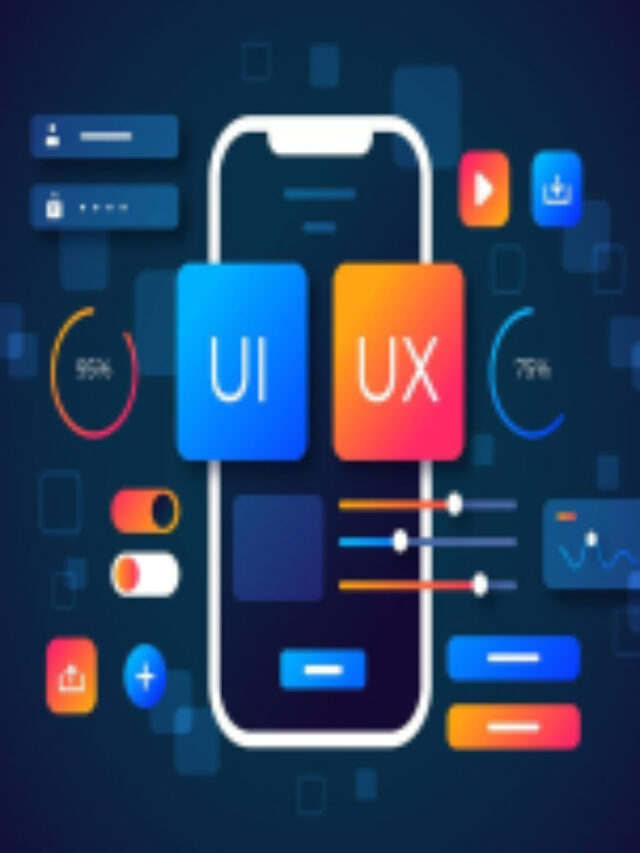UX in real life example
In real life, UX (User Experience) refers to the overall experience. A person has when interacting with a product, service, or system in the physical or digital world. It encompasses all aspects of a user’s interaction, perceptions, emotions, and responses. While using or engaging with a particular product or service.
UX design aims to create a positive and seamless experience for users, focusing on understanding their needs, behaviors, and preferences. It involves careful consideration of various elements. Such as the product’s functionality, ease of use, accessibility, aesthetics, and the overall satisfaction users derive from their interactions.
In real-life scenarios, UX can be found in numerous applications, devices, and services, including:
- Mobile apps: A well-designed mobile app offers a user-friendly interface, intuitive navigation, and clear content presentation. Making it easy for users to accomplish their tasks efficiently.
- Websites: UX design in websites ensures that visitors can easily find information, navigate between pages, and complete desired actions. Leading to a positive impression and increased engagement.
- Physical products: In the context of physical products. UX includes factors like ergonomic design, clear instructions, and enjoyable interactions with the product.
- Retail environments: UX in retail involves creating a pleasant and user-friendly shopping experience, from store layout to product displays and checkout processes.
- Customer service: UX also extends to customer support, ensuring that users have a smooth and satisfactory experience when seeking help or resolving issues.
- Public transportation: In transportation systems, UX considerations can enhance the user experience by focusing on factors like ease of ticketing, clear signage, and comfortable waiting areas.
- Human-computer interfaces: UX design plays a crucial role in designing user interfaces for software applications and operating systems, making them intuitive and efficient to use.
- Gaming: In the gaming industry, UX design ensures that players have an engaging and immersive experience, with intuitive controls and meaningful interactions.
In summary, UX in real life is all about crafting experiences that are enjoyable, efficient, and meaningful for users across a wide range of products and services, ultimately leading to increased customer satisfaction and loyalty.
Define UX in Real Life Example.
Let’s consider a real-life example of UX in the context of a mobile banking app.
Imagine you are a user who wants to check your account balance, transfer funds, and pay bills using your bank’s mobile app. A well-designed UX in this scenario would provide you with a seamless and pleasant experience, making these tasks easy and efficient to accomplish. Here’s how the UX principles might manifest in this app:
- Intuitive Navigation: The app’s navigation is straightforward and well-organized, with clear labels and icons. That guides you to the specific functions you need. You can easily find the “Account Balance,” “Transfers,” and “Bill Pay” sections without any confusion.
- User-Friendly Interface: The user interface is clean, uncluttered, and visually appealing. The app avoids overwhelming you with unnecessary information and presents only the relevant options for each task.
- Efficient Onboarding: When you first download the app, the onboarding process is smooth and asks for minimal essential information. It ensures that you can quickly set up your account and start using the app.
- Streamlined Account Access: The app implements secure and user-friendly login methods, such as fingerprint or facial recognition. To access your account swiftly without needing to enter lengthy credentials each time.
- Clear Feedback and Error Handling: The app provides clear feedback on successful actions and gracefully handles errors, offering helpful error messages with instructions on how to correct them.
- Fast and Responsive: The app is optimized for speed and responsiveness, so there is minimal waiting time when navigating through various screens or completing transactions.
- Personalization: The app offers personalized features based on your preferences and transaction history, such as providing insights into your spending habits or suggesting money-saving tips.
- Accessibility: The app ensures accessibility for all users, including those with disabilities, by offering features like text-to-speech, adjustable font sizes, and high-contrast modes.
- Security: The app prioritizes security, using encryption and other measures to safeguard your financial data and protect against potential threats.
- Support and Help: If you encounter any issues or have questions. The app offers easily accessible customer support options, including chat, email, or a helpline.


